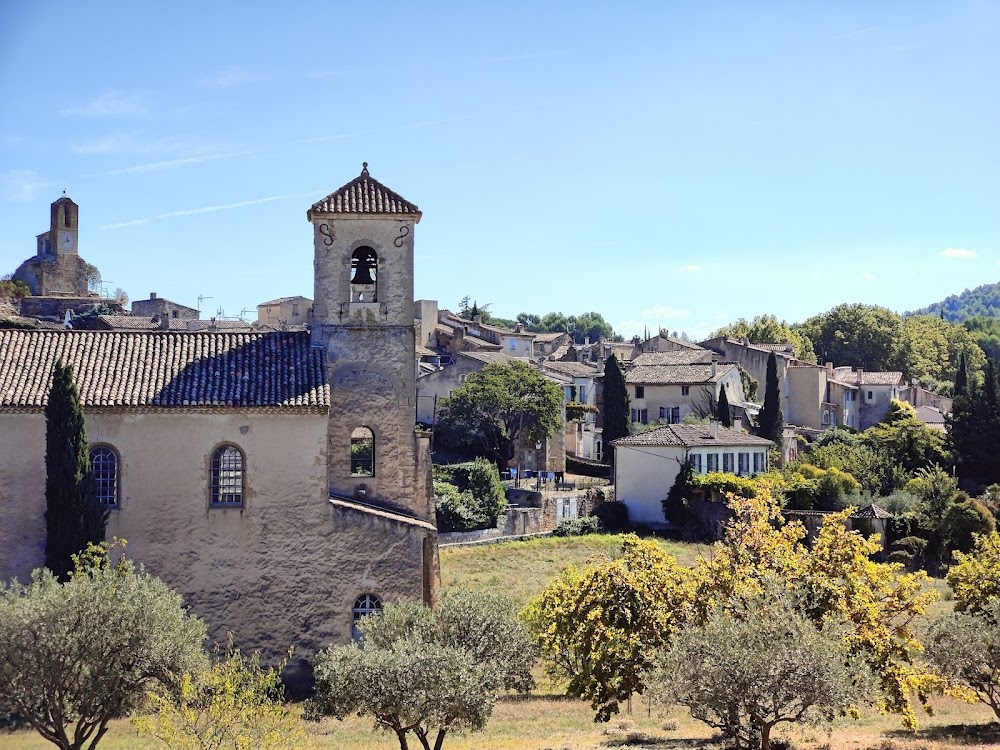Albert Camus, l'icône de la révolte Filming Locations
Albert Camus, l'icône de la révolte Filming Locations
Stockholm, the capital of Sweden, encompasses 14 islands and more than 50 bridges on an extensive Baltic Sea archipelago. The cobblestone streets and ochre-colored buildings of Gamla Stan (the old town) are home to the 13th-century Storkyrkan Cathedral, the Kungliga Slottet Royal Palace and the Nobel Museum, which focuses on the Nobel Prize. Ferries and sightseeing boats shuttle passengers between the islands.
Algiers is the capital city of Algeria, on the country’s Mediterranean coast. It’s known for the whitewashed buildings of the Kasbah, a medina with steep winding streets, Ottoman palaces and a ruined citadel. The 17th-century Ketchaoua Mosque is flanked by 2 large minarets. The Great Mosque has marble columns and arches. The clifftop Catholic basilica of Notre-Dame d'Afrique features a large silver dome and mosaics.
Paris, France's capital, is a major European city and a global center for art, fashion, gastronomy and culture. Its 19th-century cityscape is crisscrossed by wide boulevards and the River Seine. Beyond such landmarks as the Eiffel Tower and the 12th-century, Gothic Notre-Dame cathedral, the city is known for its cafe culture and designer boutiques along the Rue du Faubourg Saint-Honoré.
Hiroshima, a modern city on Japan’s Honshu Island, was largely destroyed by an atomic bomb during World War II. Today, Hiroshima Peace Memorial Park commemorates the 1945 event. In the park are the ruins of Genbaku Dome, one of the few buildings that was left standing near ground zero. Other prominent sites include Shukkei-en, a formal Japanese garden, and Hiroshima Castle, a fortress surrounded by a moat and a park.
Lourmarin is a commune in the Vaucluse department in the Provence-Alpes-Côte d'Azur region in southeastern France. Its inhabitants are called Lourmarinois.
Albert Camus, l'icône de la révolte (2020)
A biographical documentary about Albert Camus and his relevance today.
